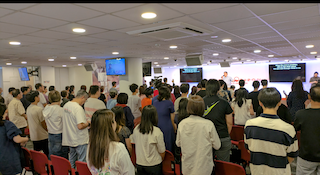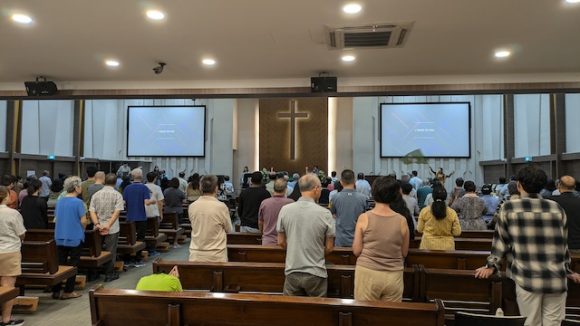They may be deaf or hearing impaired physically but spiritually their ears are opened by the Lord and they have come to know Christ and to follow him. Pastor Barnabas Phua has retired after decades of faithful and fruitful service and the ministry staff Mui Keng is now in charge. While I was their senior […]
New Horizon Church is the only three-in-one church in Singapore. What do I mean by that? It has gone through two mergers. The first was a merger of two churches – the older Herald Assembly of God with Agape Christian Community, another Assembly of God church. You can read more about the merger HERE. The […]
When I received an invitation to preach at Yishun Christian Church (Anglican), I was happy to accept. I heard of this church long ago, when the church I served was searching for a permanent church facility. This was the first example of two churches sharing one building facility in a HDB land tender in a […]
The world of fashion is estimated to have lost US$2 to 3 trillion a year to counterfeiters of their branded products, usually fashion and luxury goods like clothing, shoes, watches and leather items. I wonder how much is lost in the kingdom when there are counterfeit or fake preachers in the pulpit. Probably, it can […]
One of the tasks that pastors find challenging is to find fresh sermons to preach during Good Friday and Easter Sunday. In the past, attendance increases during these special days in the Christian calendar, but nowadays more Christians are taking the opportunity to get out of the country for a break. This is sad because […]
Preaching style has to do with the preferred ways a preacher uses to communicate truth with his audience. This includes verbal as well as non-verbal communication; the way the talk is organised, structured and presented, and the way the preacher’s personality comes through. Besides reading scores of books on homiletics since seminary, I find it […]





